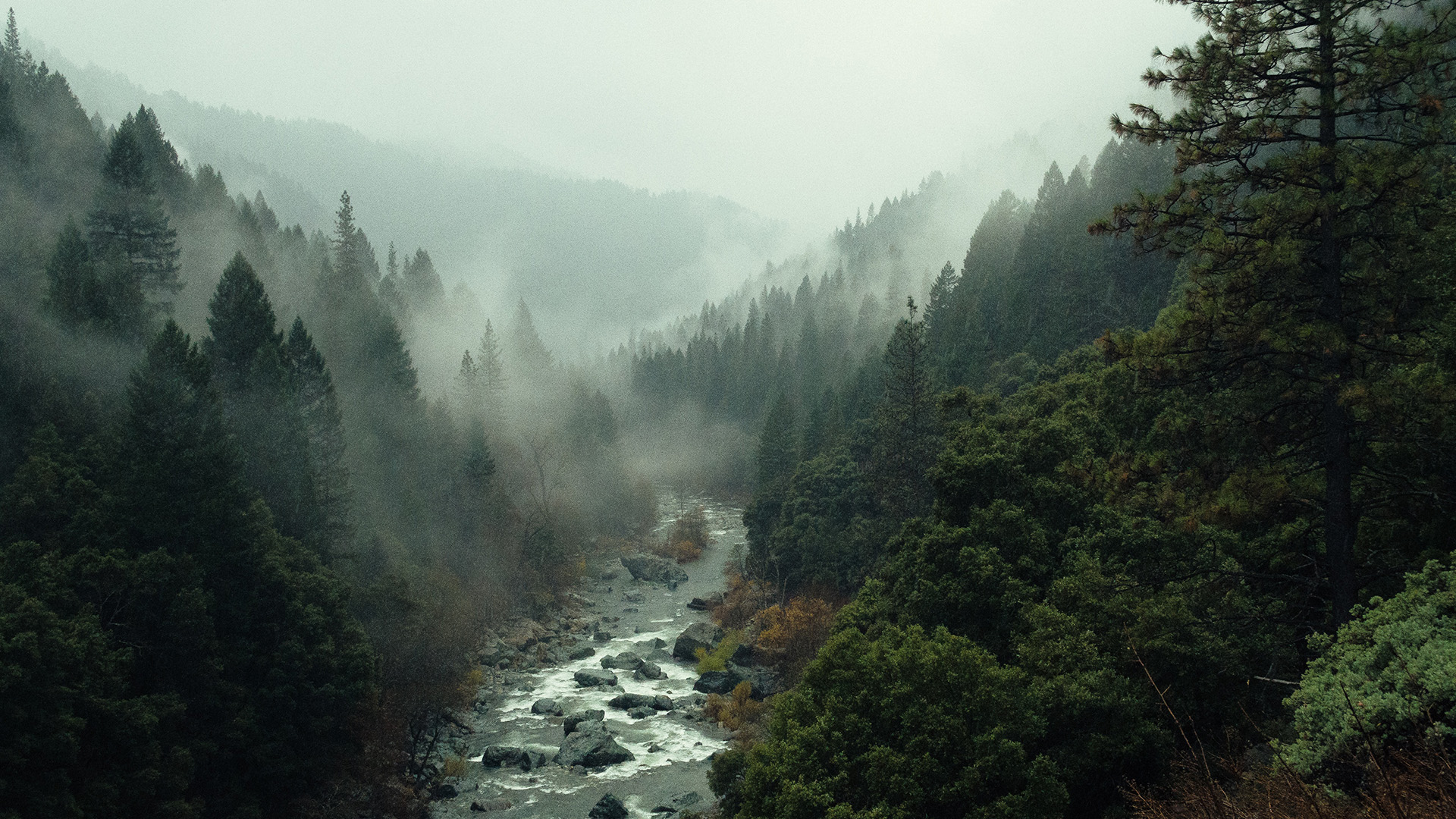Landscape photography is one of the most popular forms of photography, as it is naturally and easily accessible to everyone. Regardless of what kind of equipment you have, you can still optimize your images by using composition guidelines that will be simple to implement on your future hikes and trips. Here are a few tips specially geared towards landscape photography.

You’re getting blind.
Don’t miss the best of visual arts. Subscribe for $9 per month or $108 $90 per year.
Already suscribed ?



